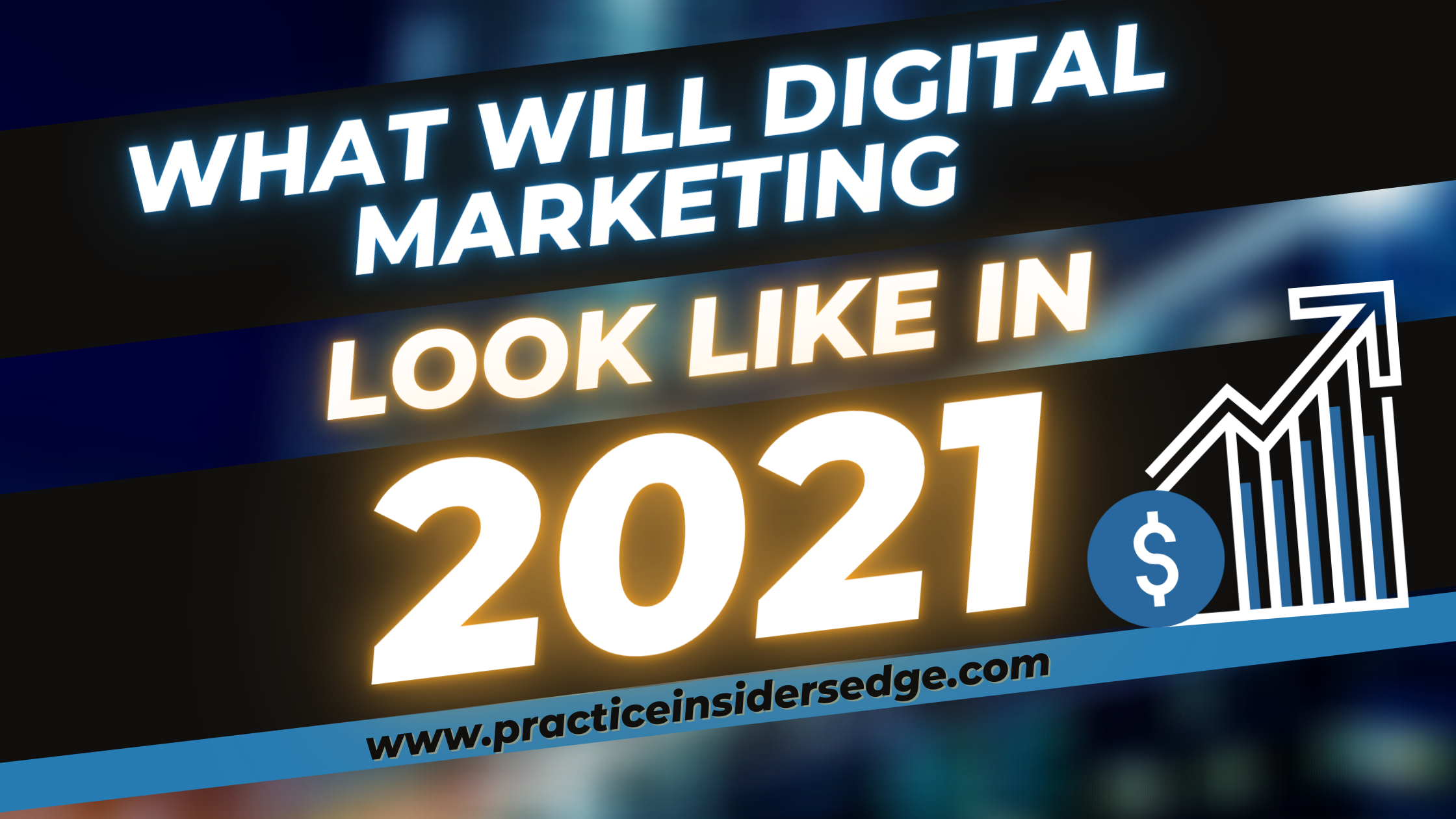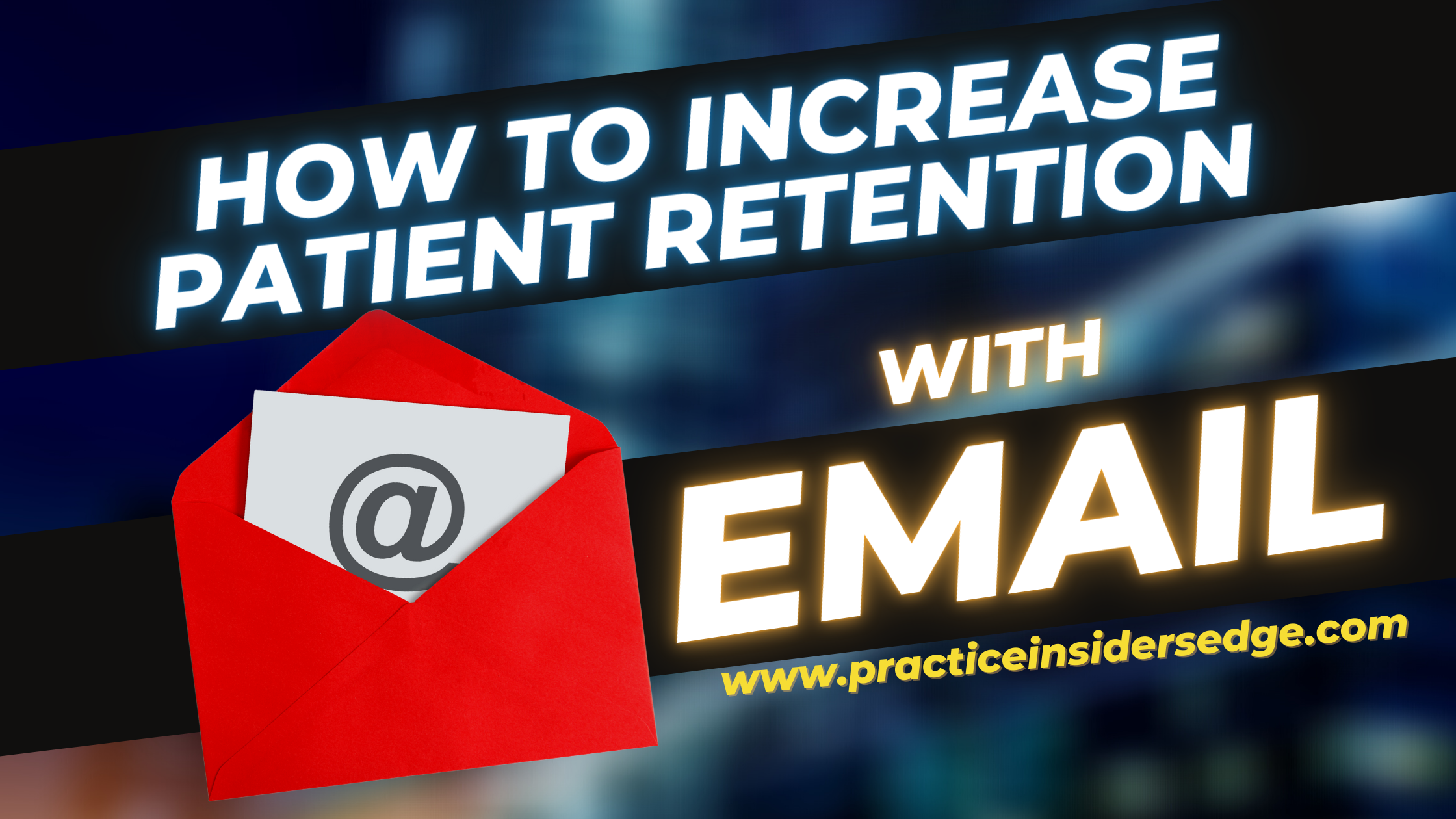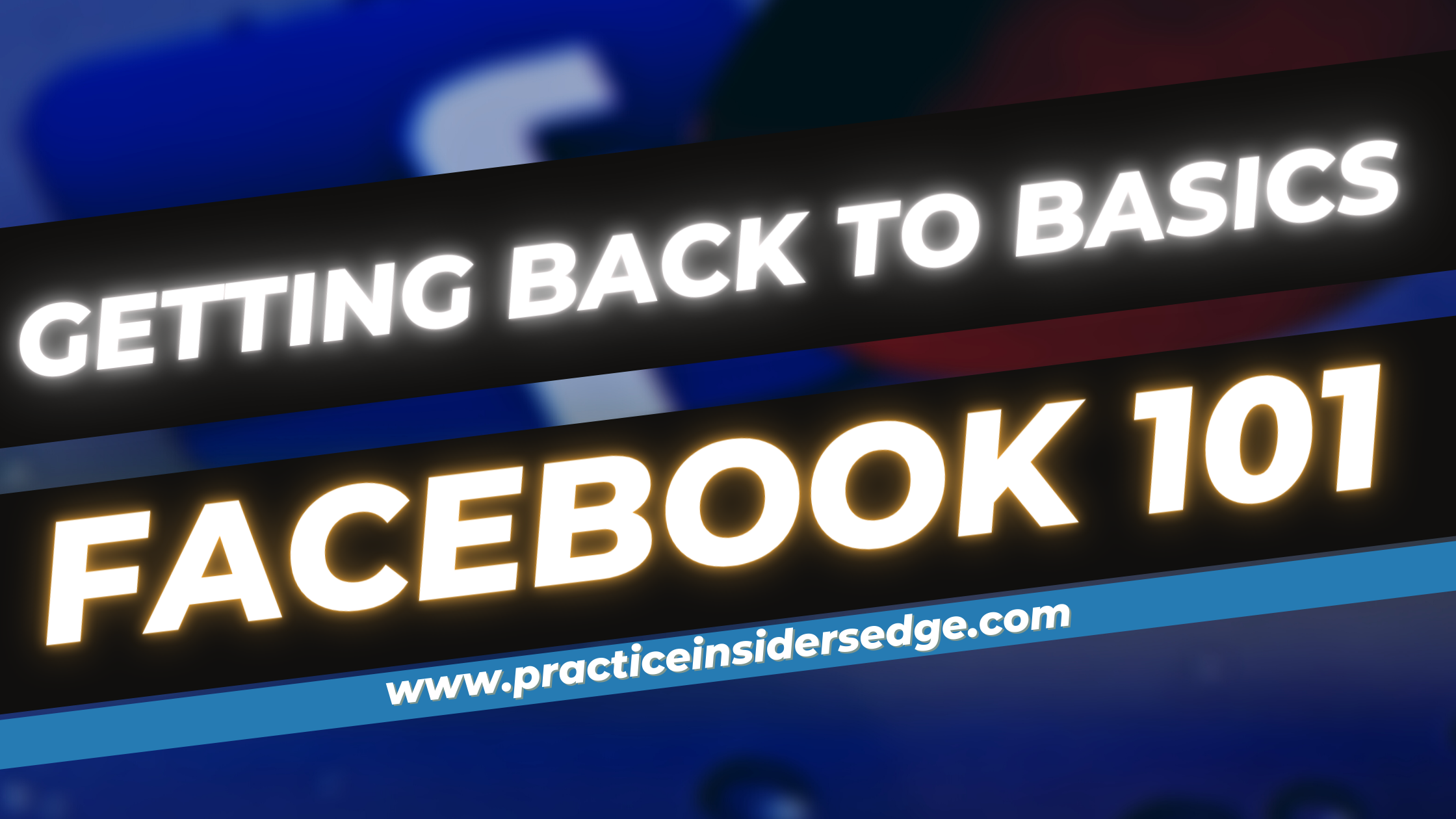Wouldn’t it be great to find some simple tricks that would help you leap ahead of your competitors and see your practice soar to new heights?
Well, I’ve got good news for you. I’ve been thinking a lot lately about growth hacks – little tricks you can use to fast-track your growth and increase your sales and profits. By definition, a hack is meant to be simple – something you can do right away. Sometimes hacks are clever and weird things but sometimes, they’re well-documented things that small healthcare business owners overlook.
Let’s focus on the latter because I’m willing to bet you’re not doing some of these things.
Here are 7 growth hacks that I think you need to start using – today.
#1: Use Content Upgrades to Grow Your List
You know what an upgrade is. It’s something that allows you to increase the value or utility of something you’ve already purchased. In the case of a content upgrade, it’s a free piece of content that you use to attract new subscribers and leads.
Let’s say you have just published a killer blog post, but you have some content that you didn’t include. Maybe it’s more detail about one of your points. Maybe it’s a list of tips and tricks.
Whatever it is, try offering it as a freebie at the end of your post. You can make it your call to action or even a pop-up that appears when people try to close the window or hit the back button. Something simple like “Enter your email to get a free growth hack cheat sheet” can help you grab readers’ attention and get their emails before they leave.
#2: Use Exit Intent Popups
Speaking of popups, you should be using them. I know, I know; they’re annoying and some people use popup blockers.
So what?
Research shows that pop-ups are effective and exit-intent popups are ideal because they grab visitors’ attention at a crucial moment. Maybe they’ve looked at your service but balked at the price. A strategic popup offering a coupon or discount code could be the only impetus they need to stay on your site and buy your service.
#3: Retarget Your Visitors
What happens when someone visits your site and doesn’t complete your opt-in form or buy a service? If the answer is, “Nothing” then you’re missing out on a HUGE opportunity to give those visitors the nudge they need to take the next step.
Retargeting uses a tiny piece of code called a pixel to identify people who leave your site without taking a specified action. You can then show those people a retargeting ad based on what you want them to do. Some examples include:
- Completing your opt-in form
- Paying for items in their shopping cart
- Scheduling an appointment
I recommend Facebook and Google retargeting for the best results.
#4: Prioritize Social Proof – Use Social proof
Don’t underestimate the importance of social proof in the form of patient reviews, testimonials, and comments. According to Bright Local, 84% of patients trust online reviews and testimonials as much as they would a personal recommendation from a friend.
I’m amazed by how many local health care business owners don’t highlight social proof on their websites. Your reviews and testimonials should be front and center, not hidden on some interior page. It’s not reasonable to expect your site’s visitors to go hunting for what they need. Make it easy for them to find it and you’ll almost certainly see an increase in your conversions and sales.
#5: Use Calls to Action on Social Media
You wouldn’t create a landing page or publish a blog post without a call to action – or at least I hope you wouldn’t! But I’m always seeing social media posts from local practices that don’t include a call to action. Don’t make the same mistake.
A call to action is needed because it tells the patients who see your post what you want them to do next. Believe it or not, they may not know! Whether you want them to redeem a coupon, enter a contest, sign up for your list, or leave a comment, you need to tell them if you want to get the result you expect. They’re not mind readers!
#6: Solicit Patient Feedback
Speaking of asking for things, when was the last time you asked your patients for their opinions? I’m willing to get it for a while, and it’s time to end the drought.
Patient feedback is one of the most valuable things you can get. People want to tell you what they think of your practice. If you wait for them to tell you, it’s probable you’ll hear more negative feedback than positive because people are often more motivated to sound off about what they don’t like than they are about what they do.
So, whether you do it in a social media post, an email, or a survey, it’s time to start collecting information from your most valuable study group: your patients!
#7: Focus on Content Marketing
You’re probably tired of hearing me go on about content marketing. I’m mentioning it again here because while B2B companies are mostly on board with content marketing as a growth strategy, B2C companies are still slow to prioritize content marketing.
You don’t need to try all these things, but adding even one to your marketing mix can help you attract new patients and retain existing patients:
- Social media posts
- Blog posts
- YouTube videos
You don’t need to be publishing new content every day for it to be effective. Doing one or two blog posts or Facebook posts per week is enough to get your started. If you’re not using social media at all, choose one site as your focus. I think you’ll be happy with the results.
These seven hacks aren’t rocket science. They’re things that you can start doing immediately to see an increase in your conversions and sales. Even choosing one can help you move in the right direction – so what are you waiting for? Go!
So… if you are a private practice healthcare business owner and you are looking to grow and scale your practice or generate more new patients for the practice – we are here for you! Drop a comment below if you have questions or if you’d like to set up a call with us go here: https://bit.ly/PIE-FB-Triage-Call





